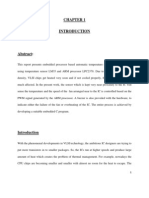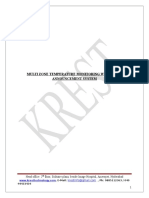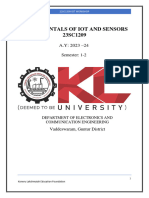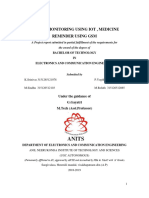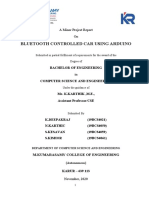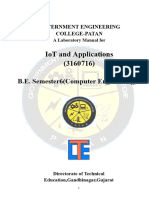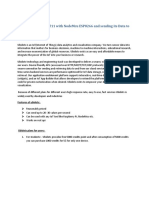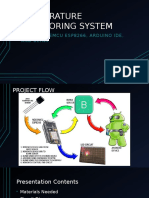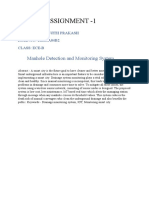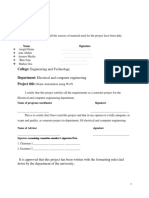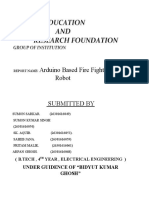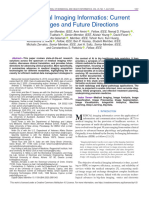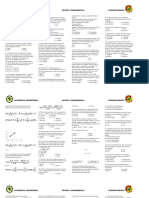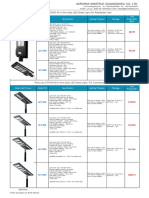0% found this document useful (0 votes)
299 views13 pagesTemperature and Humidity Sensor
This document is a mini project report on a temperature and humidity sensor created by two students. It includes an introduction describing the growing field of connected devices. It then describes the system implementation including a circuit diagram, descriptions of the hardware components used including an Arduino, DHT11 sensor and OLED display. It provides the algorithm used and shows the results of testing the device in different environments. It concludes the device was successful in measuring temperature and humidity with some errors and limitations due to the sensors used. Applications are listed as HVAC systems, weather stations, home automation and more.
Uploaded by
Omkar SharmaCopyright
© © All Rights Reserved
We take content rights seriously. If you suspect this is your content, claim it here.
Available Formats
Download as PPTX, PDF, TXT or read online on Scribd
0% found this document useful (0 votes)
299 views13 pagesTemperature and Humidity Sensor
This document is a mini project report on a temperature and humidity sensor created by two students. It includes an introduction describing the growing field of connected devices. It then describes the system implementation including a circuit diagram, descriptions of the hardware components used including an Arduino, DHT11 sensor and OLED display. It provides the algorithm used and shows the results of testing the device in different environments. It concludes the device was successful in measuring temperature and humidity with some errors and limitations due to the sensors used. Applications are listed as HVAC systems, weather stations, home automation and more.
Uploaded by
Omkar SharmaCopyright
© © All Rights Reserved
We take content rights seriously. If you suspect this is your content, claim it here.
Available Formats
Download as PPTX, PDF, TXT or read online on Scribd
/ 13




